The Pyrenees: Frontiers and Edgy Borderlands
Table of Contents
The Pyrenees and Andorra are curious places; high in the mountains, isolated for centuries, these borderlands are fascinating.
Borderlands are edgy, interesting and unique places.
They are locations where cultures collide, languages meld, economies spill into each other, and the political life is delicately balanced between Macro International Policy and local sensibilities and the practicalities of day-to-day life.
I like borders; even today, in the European Union where most practical border inconveniences have been abolished or suspended, the cultural clash is always evident, and change is always evident. Outside the relatively stable EU, borderlands can be empty, dystopian places, strewn with the wrecks of vehicles and lives that couldn’t quite make it across, but here, civility rules, and the changes polite but distinct.
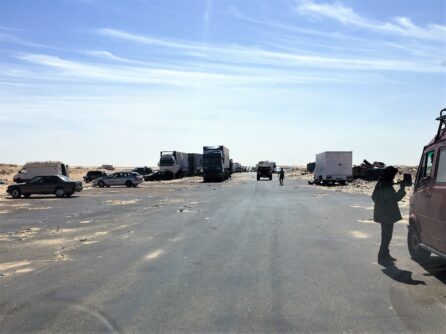
The Pyrenees
The Pyrenees are a marvellous mountain range. Stretching from the Atlantic to the Mediterranean, they rise to an impressive 11,000’, and are home to dozens of unique cultures, languages and (presumably) ancient rivalries. From the Basque in the west to the Catalan in the east, the region is redolent with interesting people.
And in the middle of these mountains lies the deeply peculiar country of Andorra. Still independent, and indeed not a part of either the European Union or the Schengen Area, it sits high in the mountains and lives off an economic diet of skiing tourism and deeply suspicious banking. The tone of their banking activities is indicated when one sees innocuous tourism brochures, bilingual in Catalan and Russian.
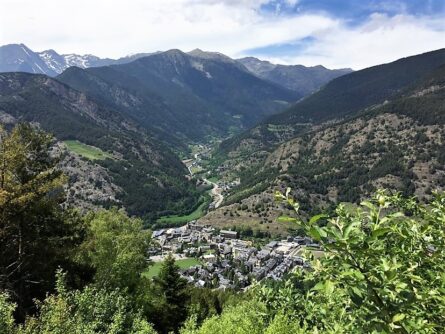
It remained independent during the long jostle between the powers that eventually became France and Spain due to its isolation. The country is a bowl, high in the mountains, and until 1920 had no road into it, keeping it isolated and safe. The local power-families married well in both Spain and France and to this day, the country remains independent, quirky and beautiful.
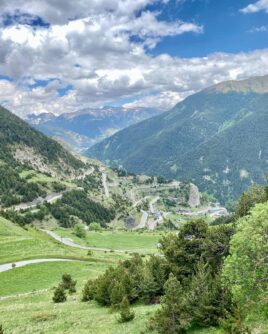
East from Andorra one reaches the border town of Puigcerda. Twinned with its French sister, Bourg Madame, they form a boundary that has seen extraordinary activity. During the Spanish Civil War over 275,000 refugees flooded north, many through this choke point, and then, only a couple of years later, thousands breached the mountain paths as they fled the German occupation of France.
I spent three nights in Puigcerda last week; staying in a lovely hotel that overlooked the old and rather sinister border posts. Our side of the street spoke Catalan or Spanish, the other side French. The two cultures meeting like major river systems and have gradually formed a distinct local culture.
Llivia: A Spanish Exclave
This borderland is made all the more interesting by Llivia; a Spanish exclave that lies just six kilometres inside France. Apparently, a remnant of the mid-nineteenth century Treaty of the Pyrenees that finally drew the boundary between Spain and France; the treaty specified that “all villages north of the line” would be or become French, but Llivia, as a “city” decided that it did not fall into this category, and stubbornly remained a part of Spain.
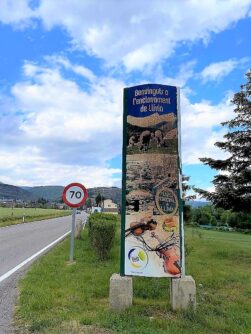
And, of course, the distinction remained into the motorised era, and to this day. There is a small road, previously the Spanish-designated N154 that runs from Puigcerda to the exclave; until the abolition of borders with the EU this road, although across French territory, was maintained by the Spanish, and had no access points from it to France. It is said that during the war, many escaping Allied servicemen made it to Llivia, and then spent sometimes weeks trying to make the last few kilometres to the Spanish mainland and neutrality.
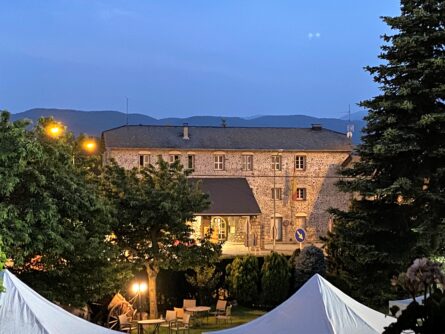
Today the border is recognised by language and food. Llivia’s restaurants are full of local French diners, and in season, thousands of tourists who flood the region to slide down the mountains.
The Pyrenees are wonderful, and worth exploring. Beautiful, intriguing and historically rich, they should be a European destination on their own.
This article was first published by Respect News of Cold Lake, Alberta, Canada..

July 29, 2023 @ 5:16 am
Thanks!